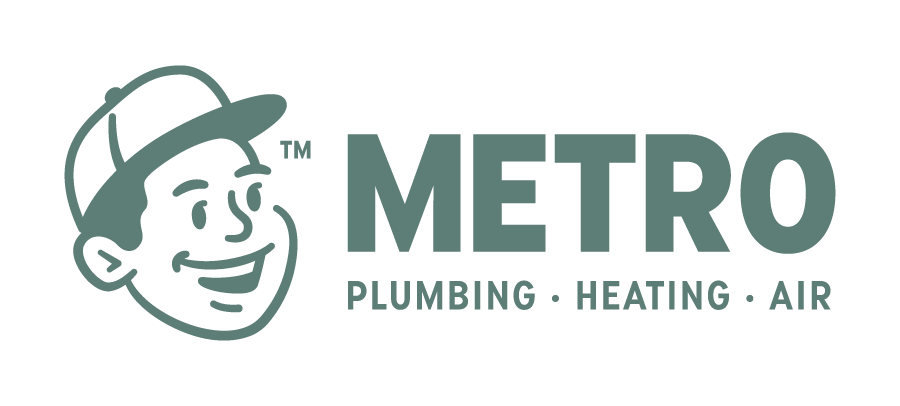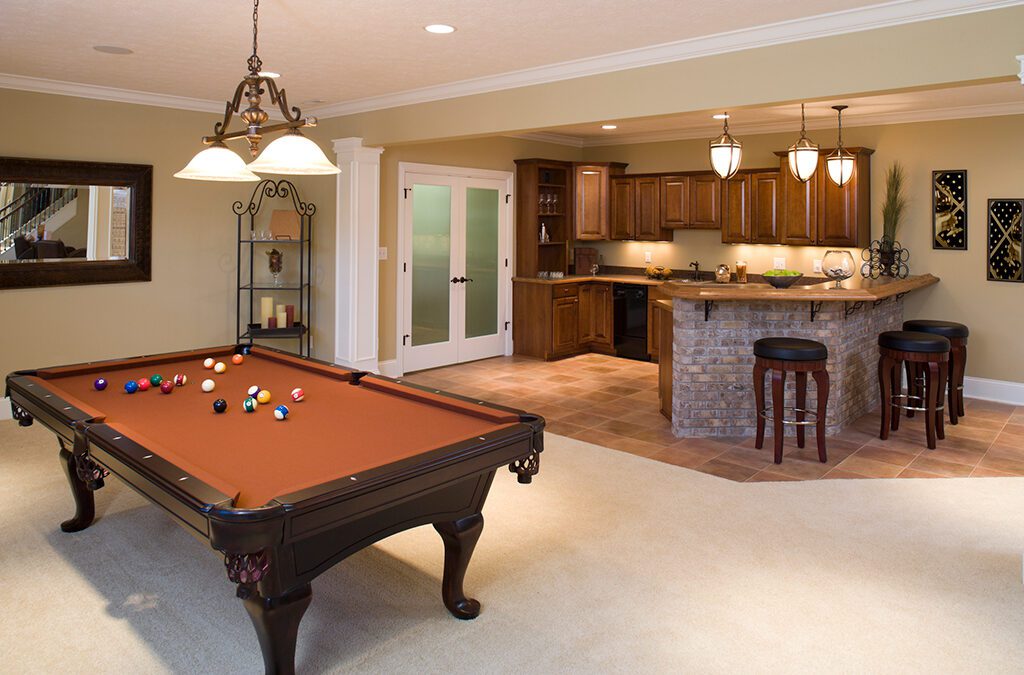When it comes to your central heating, you want your furnace to last as long as possible without needing any kind of repair. You also want heat distributed evenly throughout your home without uncomfortable hot-spots or high energy bills. But if un-even temperatures, high energy bills, and uneven airflow seem to plague your furnace, it may have more to do with your ventilation system than your actual furnace.
Air Flow and Efficiency
Unless you have a hot water or oil radiator, your home is probably heated by a forced air furnace. A fan moves air through a series of ducts where the air is heated and redistributed throughout the home. It’s an effective and useful strategy to provide concentrated heat through the entire building quickly. Unfortunately, it’s also dependent on proper airflow to work. Clogged filters, dirty ventilation ducts, and closed air vents can all impede your system’s ability to heat the home.
Your furnace system is carefully sized to ensure that it can properly heat your home. Most homes use a blower fan that is not variable, so air flows through the ducts at the same rate, delivering the same quantity of heat energy regardless of temperature, distance, or obstructions. Ventilation system pressure is key to making sure that airflow travels the way it’s supposed to. Closing a vent or failing to replace your furnace filter regularly will cause pressure problems for your ventilation system.
When your furnace filter become so clogged and dirty that air does not pass through properly, your blower fan cannot pull sufficient air through while operating. Less air is heated and distributed, which means that your furnace needs to run for longer to heat your home to the same level. Longer operation times mean higher energy costs to heat the same amount of space.
Likewise, obstruction in the ventilation duct or at the register (clogged airways or closed vents) creates substantial backpressure for similar effects. The pressure increase in your ventilation system makes it difficult for your fan to push air through the system, leading to a dangerous buildup of excess heat in the furnace itself. The heat exchanger won’t be able to efficiently distribute heat to the air, as an insufficient amount of cool air will be present. High levels of backpressure will lead to your ventilation system seeking new avenues of escape. Cracks in seams or joints will form, leading to wasted heating seeping out into unused portions of your home.
How to Improve Airflow
So you want to improve airflow to reduce strain on your central heating system. This is actually the cheapest repair you can make for your home. It’s also a standard practice for fall maintenance. Replacing your air filter is the first step. These filters typically need to be changed out every three to six months, depending on usage. Take a look at your filter, and if it’s filthy then it’s time for a replacement. Write the date on your filter when you install it, that way you’ll know how long it’s been next time.
Checking for drafts and leaks in your home and ventilation system is another key method of repairing airflow problems. Making sure that any holes, window sills, and door jambs are sealed properly will help to minimize leaks. A professional inspection of your ventilation system can also help to identify leaks and clogs in your ventilation system. Once you know where leaks exist, you can have them repaired, restoring your vents to proper working order.
To clarify:
- Replace Air Filters
- Fix Home Drafts
- Clean Ventilation System
- Open Vents and Air Registers
- Seal Ventilation System Leaks
Need a a ventilation inspection or air flow improvement? Metro Plumbing, Heating, and Air Conditioning is the service company you want! Call us today at (423) 616-1025!



